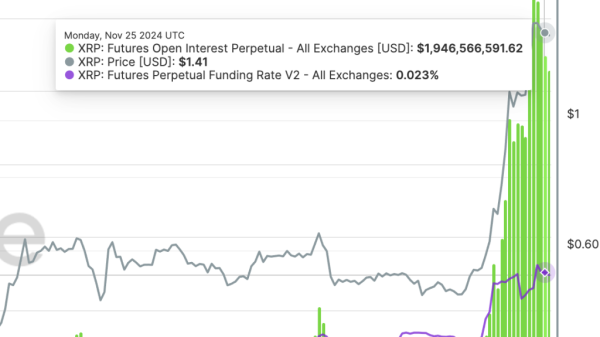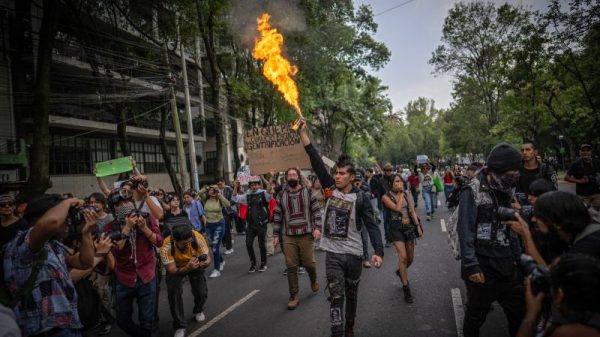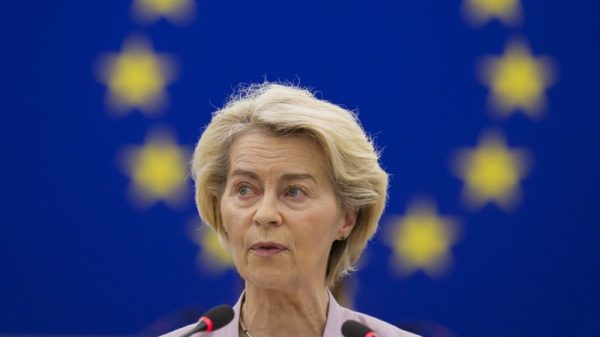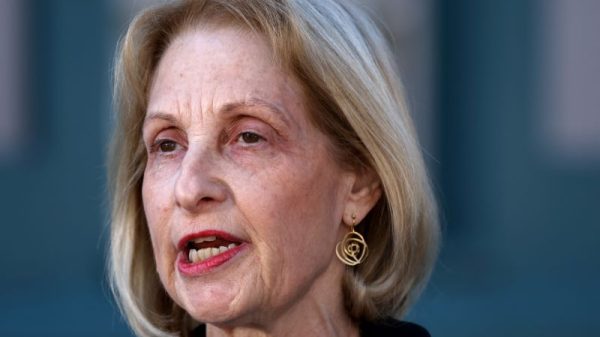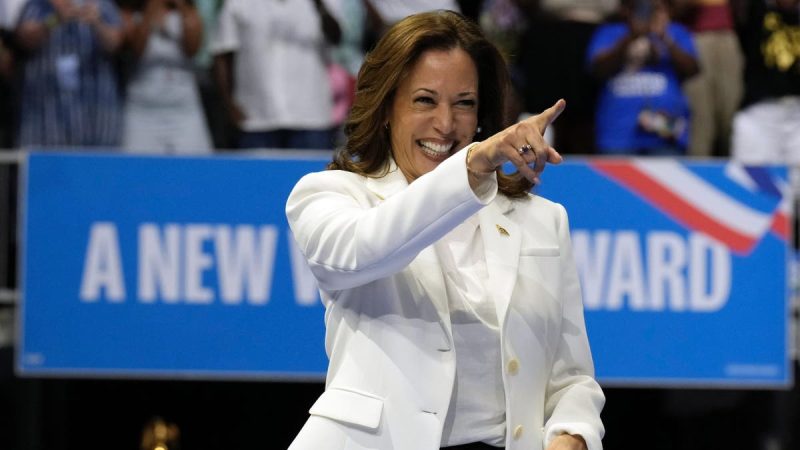Heading: The Rocky Road of the Harris-Walz Partnership
Subtitle: A Critique on the Current State of the Dealings
As we delve into the complexities of political associations, one notable partnership that has caught considerable attention is that of Vice President Kamala Harris and Minnesota Governor Tim Walz. The apparent decline in the effectiveness of their collaboration, however, poses questions on the sustainability and eventual outcomes of their joint initiatives.
Another section of this discourse will touch on the implosion rife within the Democratic ranks, and its impact on a broader scale on the administration itself.
Subheading 1: A Dynamic Duo’s Questionable Impact
To begin, let’s track back to the formation of this influential partnership. The collaboration between VP Harris and Governor Walz was marked with great expectations given their individual profiles and constituents’ drawn promise. However, since its inception, critics have raised concerns about the efficacy of their initiatives questioning whether they are driving real change or just producing headlines.
The numbers are not painting a favorable picture with Minnesota falling behind in education and unemployment rates as per the data from U.S. Census Bureau and the Bureau of Labor Statistics. Blame is being laid at the door of the Harris-Walz partnership, where critics argue that positive impact is not only slow to show but seemingly absent.
Subheading 2: Controversy Over Policing Policies
Another criticism that has been levelled at the Harris-Walz partnership is the handling of police reforms. Both leaders, despite promises made, seem to be struggling with their approach to policing policies. With rising crime rates in some states, grievances over the management and implementation of these reforms are building up while the calls for action grow louder and more insistent.
In a stagnating police environment, the challenge to keep cities safe while promoting a culture of accountability is becoming increasingly difficult. This is compounded by public frustration over controversial incidents, questioning the oversight and control that Harris-Walz force can exercise in the face of recurring problems.
Subheading 3: The Internal Democratic Implosion
Finally, concerning the recent controversies surrounding the Democratic Party, the internal discord has set the alarm bells ringing. According to sources, tensions are rising within the party ranks. This internal conflict is impacting the broader administration, causing hindrance to any constructive advancement.
Concerns over a lack of leadership and divisive left-leaning policies are contributing to the cracks within the party. This discordance combined with the declining state of the Harris-Walz partnership portrays an unfavorable image for their leadership.
In conclusion, the Harris-Walz collaboration began on the premise of hope and change but is currently sailing in tumultuous waters. The impact of their struggling strategies on education, unemployment, and policing policies, as well as the growing discontent within the Democratic party, has left many questioning the future path and ultimate efficacy of this political alliance. Unless reevaluated and restructured, this collaboration risks leading its supporters into an uncertain abyss.









